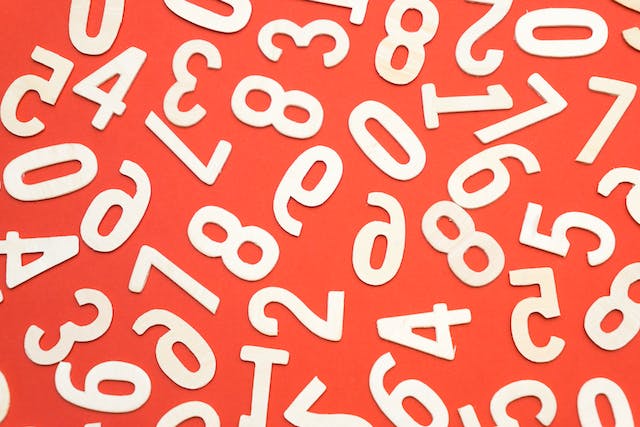A number can be defined as a mathematical object which helps us count objects/things, money, time, and so on in our day to day lives. The application of numbers is not just limited to mathematics. Moreover, we cannot imagine our lives without numbers. We come across different types of numbers in Mathematics, such as natural numbers, whole numbers, rational numbers, real numbers, etc. These numbers are categorised based on their properties and how they can be represented in a number line.
In this blog, we are going to discuss the whole numbers and integers in detail. We will be talking about the properties, definitions, uses and examples of both the types of numbers. i.e. integers and whole numbers.
Let us get started!
What is a Whole Number?
The number system consists of different types of numbers. Whole numbers are a part of the number system, and it represents all positive integers from zero to infinity. These numbers can be easily represented on the number line. Hence they are also called real numbers. However, all real numbers are not whole numbers. Apart from that natural numbers, including zero, are called whole numbers.
The number set of the whole number can be represented as { 0,1,2,3,4,5……..}. Some of the examples of whole numbers are 90, 30, 24, 60, 0, 45 etc.
Properties of Whole Numbers
Now that we have a fair idea of what a whole number is, let us understand the different properties of whole numbers. In this category, we have the following four parts:
Closure Property:
This property states that upon addition, subtraction, and multiplication of any two whole numbers, the result is a whole number. This property is not valid for the division as the results of the division of two whole numbers, and we might get a different result. For, e.g. 5+4 = 9 which is a whole number but 7/14 = ½ which is not a whole number.
Commutative Property:
This property states that changing the order of numbers does not affect the result. The commutative property of whole numbers is valid on addition and multiplication of whole numbers. However, it is not valid on the addition and division of whole numbers. For, e.g. 5+2= 2+5=7 but 5-2 is not equal to 2-5.
Property of Zero:
Zero is the additive identity element of all whole numbers. The property of zero also holds true for the subtraction of zero from a whole number. In the case of multiplication. When 0 is multiplied with a number, we get the result 0. For eg. 0+5 = 5 , 5-0 = 0, 5*0 = 0.
Integers
Integers are whole numbers which include a set of natural numbers including a negative set of natural numbers. Integers are represented by the symbol Z. The set of integers are represented as Z = -3, -2, -1, 0 etc. Some of the examples of integers are -9, 6, 5, 7,-34 etc.
Properties of Integers
Closure Property: This property of integers states that the sum or difference of integer is always an integer. For, e.g. 7-4 =3 is an example of an integer.
Associative Property : This property is used in terms of grouping of the integers. This property is valid in terms of integer addition and multiplication. I.e ( l+m) +n = l+(m+n) and( l*m) *n = l*(m*n).
Commutative Property: This property states that change in position of integers does not affect the final result. I.e. the final result is an integer. This property is valid in terms of integer addition and multiplication. E.g. 5+2= 2+5=7
It is important to understand the properties of integers and whole numbers as it can lay a strong mathematical foundation and help you avoid mistakes in the future. Cuemath is an online math learning platform which can help you understand the concept of integers and whole numbers by visualisation. The modern math learning technique by Cuemath can help you become a math expert!
I hope you found this blog helpful. Leave your comments down below. Happy Learning!

